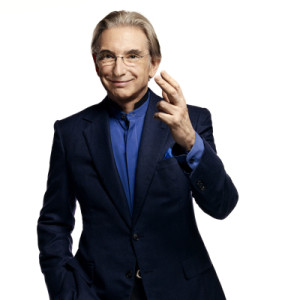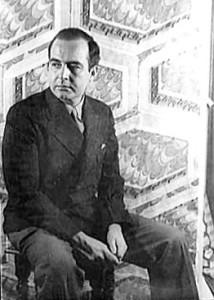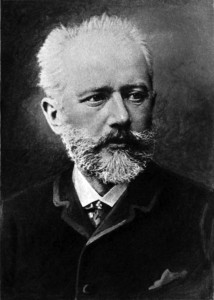You still have time to get tickets. Swan Lake, as choreographed by Helgi Tomasson, will be performed at the SF War Memorial Opera House through May 5. This review of last night’s extraordinary performance is still playing in front of my eyes. There was gorgeous dancing by everyone on stage. The casts change night by night. I was thrilled by Principal Dancers Misa Kuranaga, as Odette/Odile, and Angelo Greco, as Prince Siegfried. Each danced with emotion and technique that took my breath away. Swan Lake IS ballet and ballet music. Thank you, Peter Ilyich Tchaikovsky, where would ballet be without you? The SF Ballet Orchestra, led by Music Director & Principal Conductor Martin West, played the beautiful music flawlessly. The day before I went to this Swan Lake, I heard music in my head as soon as I got up. What was it? That amazing Swan Lake music. Apparently it has a special bunk in a corner of my brain. Without telling me what it was doing, it turned on these glorious sounds.
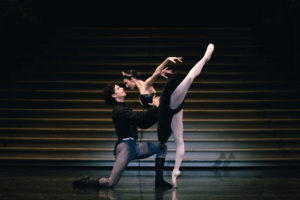
Jasmine Jimison and Isaac Hernández in Tomasson’s Swan Lake // © San Francisco Ballet, photo by Lindsey Rallo
Helgi Tomasson’s choreography, premiered in 2009, for the Swan Lake story makes a difference. The ballet begins with the evil Von Rothbart trying to kidnap Princess Odette. They struggle, she runs away, but Von Rothbart does not like to lose. Odette is seen behind a curtain, Von Rothbart stretches out his arm pointing at Odette, and her shadow changes to the shadow of a swan. Her predicament is explained through the movement, a great way to go.
All the dancers were wonderful to watch. Helgi Tomasson, former Artistic Director of the SF Ballet for 37 seasons, 1985-2022, makes full use of his company. In the first act there are trios, duets, larger groups dancing. The princesses are there for Prince Siegfried to choose one to marry, but Prince Siegfried did not want to choose from this group. He had received a crossbow and took it to go swan hunting. As I recall now, past Swan Lakes that I have seen begin with the Prince and his friends going hunting together. i enjoyed Tomasson’s way of opening the story and demonstrating his dances.
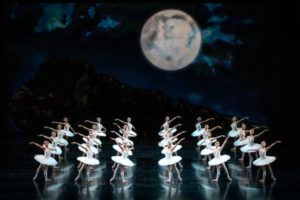
San Francisco Ballet in Tomasson’s Swan Lake // © Lindsay Thomas *** Local Caption *** Swan: V. Wright
Act II is at The Lakeside. Odette and Siegfried meet. He has his crossbow ready to shoot a swan, but one becomes a beautiful woman, the Queen of all of the swans. I appreciated the way Tomasson used the arms of the dancer-swans. They were in line formation and use just one arm up high on a slight diagonal. As they all did this together, the arms looked like wings. A great dancer himself, Tomasson knew how this one movement would capture the audience’s eyes.
Ms Kuranaga is elegant, precise with perfectly shaped movements, and astonishing extensions. Her turns and leaps were brilliant. There is a detail that caught my eye: her hands. She was able to make her arms and hands so supple, so like flying wings, but there is something else. I confess I do not like the way the hands are used in much of current classical ballet. The fingers are parted and, to me, they appear stiff and pointy. Ms Kuranaga’s hands were gently curved with out sticking out the fingers. Thank you, Ms Kuranaga. Your technique is a wonder right down to your finger tips. Furthermore, she was a very nasty Odile, the bad daughter of Von Rothbart. She is in total control, holding back from accepting the Prince’s desire to marry her. While that powerful dance between them goes on, the audience sees an Odette figure trying to warn Siegfried. That is another innovation in this classic ballet. Did Odile do the famous 32 fouettes? She did them all. I saw Ms Kuranaga do double turns in the midst of this pinnacle of strength and beauty. I wanted to jump up and cheer.
Mr. Angelo Greco certainly received the right name because he flies like an angel. I saw him leap and stay in the air. There were also unusual leaps. For example, en face (facing the audience), one leg would take him in the air into second position. Second position: the dancer stands with legs apart, toes pointing to the sides. Mr. Greco’s leg would go high in the air and then the other leg would come up, too, just before the first leg began to come down. It was as though he were flying over a mountain top. In addition, Mr. Greco was the perfect partner to Ms Kuranaga. Always there for her, a true cavalier, gracious to Odette with exact timing.
What would happen at the end of the ballet? Will the lovers be killed by Von Rothbart? Would they fly into heaven as I have seen years ago? Von Rothbart and Siegfried fight. Odette throws herself off the mountain that is back of the lake. Siegfried tries to kill Von Rothbart and then climbs the mountain, letting himself fall into the unseen lake. Then, we see the lovers standing at the top of the mountain, backs to the audience, looking at the enormous moon which always has been in the lakeside scenes. She has on a longer skirt or maybe it was a cape. Are they OK? Did they die together? Love conquered Von Rothbart, I am sure of that, but I cannot tell what their future would be.
Now, buy the tickets! I am thrilled that I was able to see these dancers and grateful for their performances. Hooray for the San Francisco Ballet dancers and a Swan Lake to embrace and keep.
Photos courtesy of the San Francisco Ballet. The performances had three different lead dancers. No photos of Misa Kuranaga and Mr. Greco were available. All the more reason to look for them in every season.
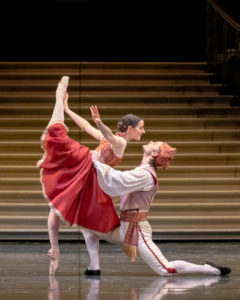
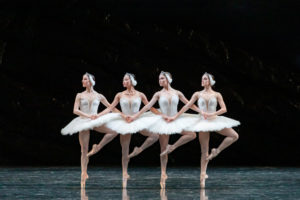
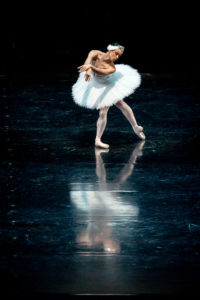
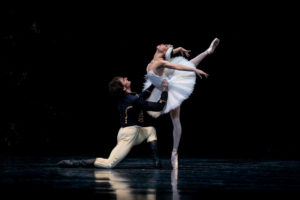
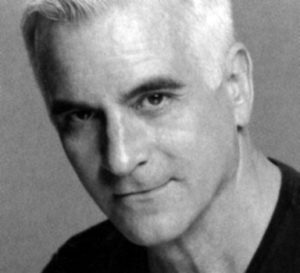
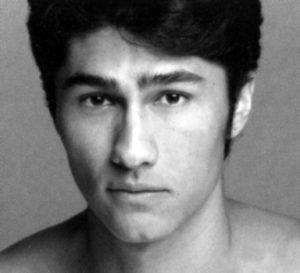 Sean Bennett – King of the Mice
Sean Bennett – King of the Mice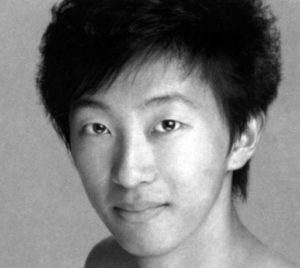 Wei Wang – Nutcracker Prince, Grand Pas de Deux
Wei Wang – Nutcracker Prince, Grand Pas de Deux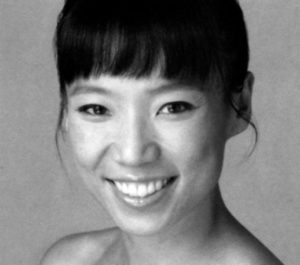
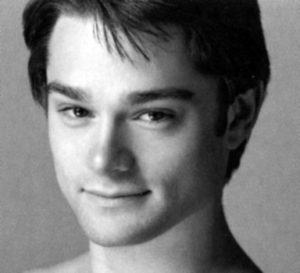 Cavan
Cavan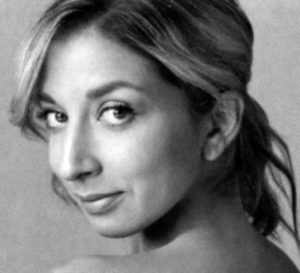 Sasha Mukhamedov – Sugar Plum Fairy
Sasha Mukhamedov – Sugar Plum Fairy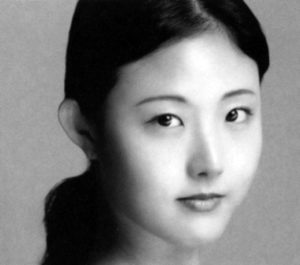 Wona Park
Wona Park